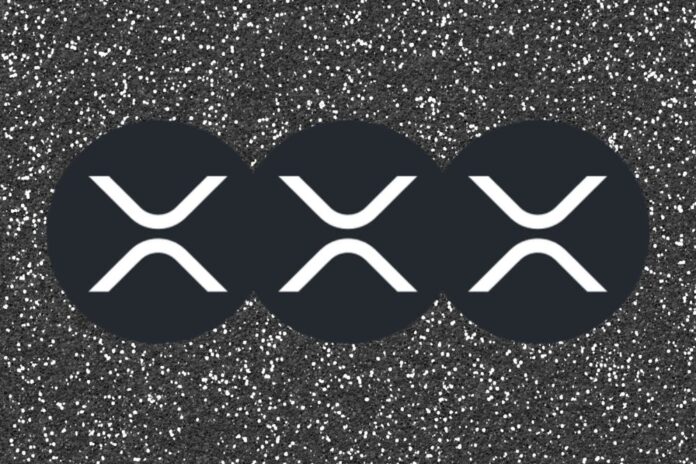In a recent post, Amelie, a prominent crypto influencer on X, shared a Forbes report and highlighted the potential for XRP to replace traditional cross-border payment systems like SWIFT.
Amelie’s post drew attention to Ripple’s growing role in the financial sector, and she suggested that the Forbes report was hinting at XRP replacing SWIFT.
Ripple’s Objective
The Forbes report delved into some of Ripple’s history, noting that the company was launched in 2012 by Chris Larsen and Jed McCaleb as a digital payment network and protocol. The network utilizes the digital token XRP to facilitate fast and low-cost international money transfers and currency exchanges.
The focus was the company’s aim, which according to the report, is to serve banks and financial institutions by offering an efficient alternative to traditional cross-border payment systems.
Potential to Replace SWIFT
The Society for Worldwide Interbank Financial Telecommunication (SWIFT) has dominated international payments for decades. However, the system has been criticized for its high costs and slow transaction times.
Ripple’s technology offers a stark contrast by providing near-instantaneous transactions with minimal fees. Amelie’s post emphasized this capability, and Ripple’s focus on improving cross-border payments could revolutionize the financial industry.
Advantages of XRP
There have been recent rumors regarding the BRICS bloc adopting XRP as a SWIFT replacement, and the Forbes report outlines several benefits of using the digital asset. The foremost advantage is the speed of transactions, which can be completed in seconds compared to the days it might take via SWIFT.
Additionally, the cost-effectiveness of Ripple’s network is significant, with transaction fees being a fraction of those charged by traditional systems. Furthermore, Ripple’s technology ensures a higher level of security, transparency, and scalability, attributes that are increasingly crucial in today’s financial landscape.
We are on twitter, follow us to connect with us :- @TimesTabloid1
— TimesTabloid (@TimesTabloid1) July 15, 2023
Challenges of XRP’s Growth and Adoption
Despite its advantages, the transition from SWIFT to XRP is not without challenges. One significant hurdle highlighted in the report is the legal battle between Ripple and the U.S. Securities and Exchange Commission (SEC).
This long-running legal battle has hindered the digital asset’s growth and adoption in the U.S. The report also highlighted Ripple’s large escrow holdings as a disadvantage for the ecosystem and drew attention to projects on the ecosystem that use Ripple’s technology without XRP.
XRP’s Future
However, Ripple’s progress in the financial sector has been noteworthy. Several financial institutions have already integrated Ripple’s technology into their systems, leveraging its benefits for cross-border transactions.
The increasing adoption of Ripple’s technology, its foray into the stablecoin space, and other notable developments could significantly help XRP’s adoption, and make it the financial juggernaut it was designed to be.
Disclaimer: This content is meant to inform and should not be considered financial advice. The views expressed in this article may include the author’s personal opinions and do not represent Times Tabloid’s opinion. Readers are urged to do in-depth research before making any investment decisions. Any action taken by the reader is strictly at their own risk. Times Tabloid is not responsible for any financial losses.
Follow us on Twitter, Facebook, Telegram, and Google News


